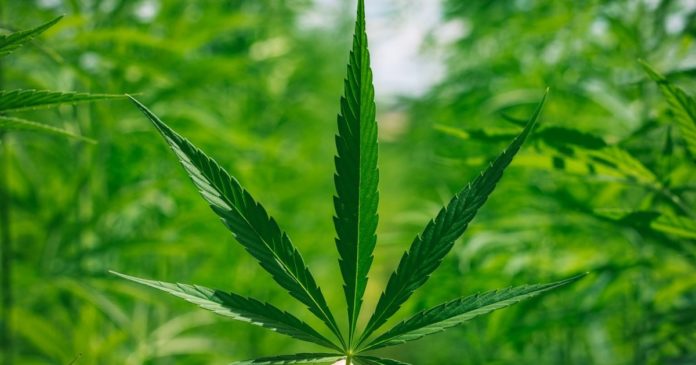In some jurisdictions, legal hemp plants become marijuana and therefore illegal when THC concentrations are above 0.3% dry weight. Why this number?
In the USA, industrial hemp is defined at a federal level as:
“the plant Cannabis sativa L. and any part of that plant, including the seeds thereof and all derivatives, extracts, cannabinoids, isomers, acids, salts, and salts of isomers, whether growing or not, with a delta-9 tetrahydrocannabinol concentration of not more than 0.3 percent on a dry weight basis.”
So, where did the magical 0.3 percent figure for THC come from? Does it have any relationship to intoxication potential or was it just a number pulled from thin air? It’s more the latter and certainly not the former.
Canadian researcher Ernest Small and New York Botanical Gardens’ Arthur Cronquist published their study “A Practical and Natural Taxonomy in Cannabis” way back in 1976, in which they chose the threshold as a demarcation point between cannabis plants.
In the paper they state:
“It will be noted that we arbitrarily adopt a concentration of 0.3% Delta9-THC (dry weight basis) in young, vigorous leaves of relatively mature plants as a guide to discriminating two classes of plants.”
“Arbitrarily” means on the basis of random choice or personal whim, rather than any reason or system. Messrs Small and Cronquist may not have considered what the implications may be down the track for using this figure. But they make it clear their threshold is based on “young, vigorous leaves”; whereas testing these days often occurs on the flower where cannabinoids are present in greater concentrations.
Among the many problems with the 0.3 per cent cut-off is very little wiggle room for farmers subjected to it. Despite their best efforts, natural variations such as environmental conditions can take what would otherwise be a legal crop and make it “hot”. In such cases, the crop must be forfeited and/or destroyed on the farmer’s dime – and there can even be criminal charges involved.
Another challenge is the 0.3 per cent greatly limits the industrial hemp varieties farmers can plant compared to those in some jurisdictions where the threshold may be as much as 1%; giving these farmers a competitive edge.
Even at 1%, the industrial hemp plant has no recreational value without some heavy- duty concentration, or manipulation of non-THC compounds to turn them into forms of tetrahydrocannabinol. But that same manipulation can be used on plants coming in under the 0.3% threshold. Perhaps more work needs to be done on establishing what plant THC level is potentially particularly problematic and for rules and regulations to reflect that.


